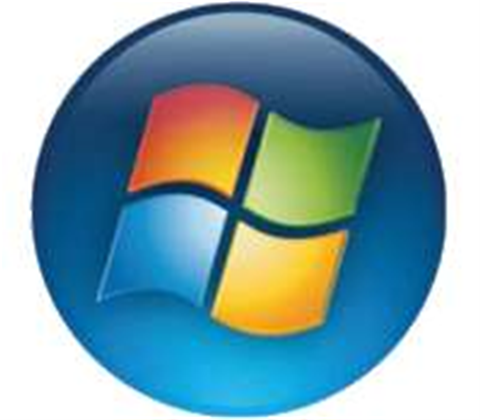Design firm Hassell has revealed an upgrade of its entire 850-strong computer fleet from 32-bit Windows XP to the 64-bit version of Windows 7.
The firm has also embarked on a project to upgrade its virtualised application platform from Softgrid to App-V.
Hassell's user base includes designers and engineers with supercharged HP workstations used to run Windows-based computer-aided design (CAD) and building information modelling software.
Hassell chief information officer Bill Rue told iTnews that the company had rolled Windows 7 to employees in Australia and Thailand, and planned to complete a rollout in Singapore last week.
Rue said the company intended to bring its remaining design studio in China onto Windows 7 by the end of the month.
The standard Windows 7 base image, created with the help of integrator Gen-i, included the operating system, Office 2007, some line-of-business apps, a VPN (virtual private network) client and IE8.
Some project-specific applications that were not included in the standard image would continue to be virtualised to make them easier to provision and manage, he said.
Rue said the firm had about 150 core applications.
"Then we could have three-to-four different versions of a single product, and eight plug-ins per design tool," he said.
Hassell had previously used Microsoft Softgrid to virtualise and package up design software – including Adobe InDesign and Photoshop – as a "suite" that could then be made available to project teams in "logical licensable regions".
Virtualisation enabled Hassell to, in effect, pool licenses for a region and allocate them according to the changing demands of project teams.
For example, a Perth team that advanced to a different project phase may no longer require as many instances of a design tool, which could be re-allocated to a project team in Sydney.
"We've got a lot of high value assets," Rue said.
"Trying to keep track [of them], utilising [them]... and getting them to people in a fast way when [users] need them is always a challenge."
Hassell was in the process of migrating its application virtualisation environment to Microsoft's App-V platform.
"We haven't deployed App-V across the entire organisation; we've only looked at particular pieces," Rue said.
"We're in the process of repackaging our apps [for App-V]... using SCCM [Microsoft System Center Configuration Manager]."
Hardware standards
Although Hassell decided to make the operating system switch to Windows 7 in July 2009, it took a year of application compatibility testing and an Australian pilot on 100 devices before the company commenced full rollout of the new operating system.
Users to benefit initially were those that already used 64-bit hardware and project groups that ran specific 64-bit applications.
Rue said that the company's desktop hardware standard was a water-cooled HP workstation with solid state drive and 12GB RAM, based on the requirements of an unnamed design toolset.
"We are actually reviewing our current [hardware] standard," he said, noting expanding RAM requirements for building information modeling.
It also ran laptop and netbook computers in its corporate environment.
DirectAccess eyed
Rue said Hassell had performed a "limited trial" of DirectAccess, a feature of Windows 7 that allowed users to connect to the corporate network without the need for a VPN.
"I do want us to use it, but it's purely a resourcing issue of when we can slot it into the project," Rue said.
"I'm attracted to not having to teach [users] how to use a VPN tool."





_(11).jpg&h=142&w=230&c=1&s=1)






.jpg&w=100&c=1&s=0)
_(8).jpg&w=100&c=1&s=0)









